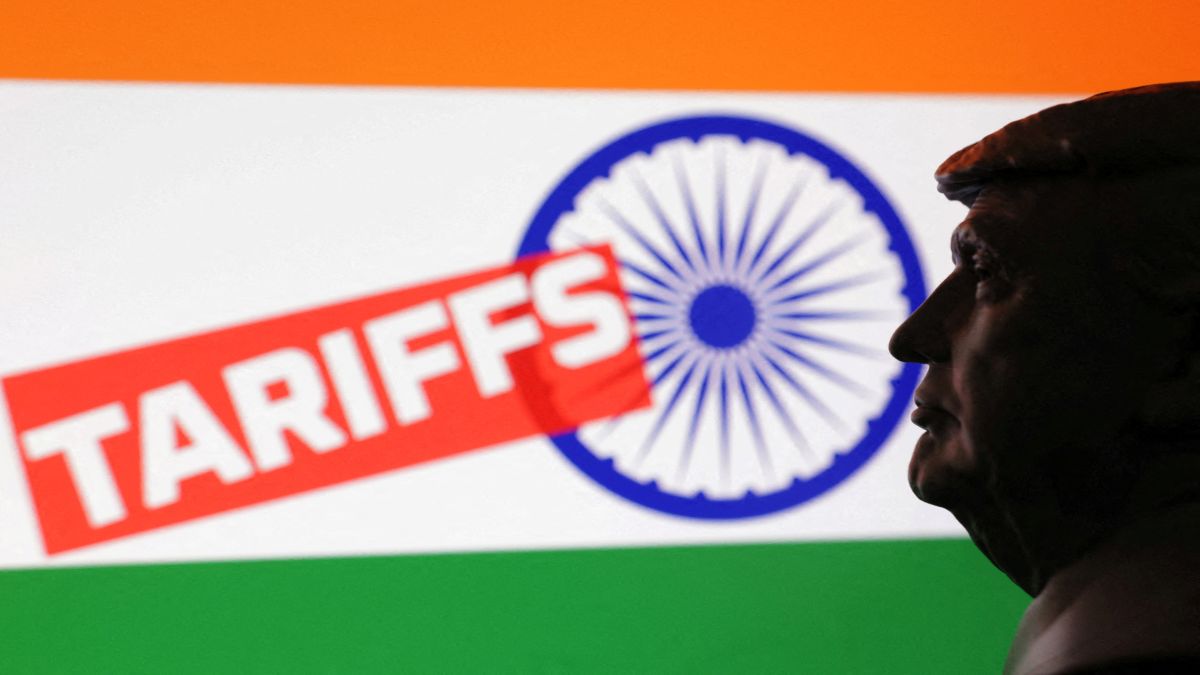The United States’ decision to impose a whopping 25 per cent tariff on India might have soured relations between the two nations, but there are still sectors that are exempted from tariffs, bringing relief for the Indian manufacturers.
Following the Thursday announcement, the US reaffirmed that Indian exports in key sectors such as pharmaceuticals, auto components, copper, and metals will remain exempt from its newly expanded tariff regime under Executive Order 14257. In a notification issued on August 1, the White House confirmed that all earlier product-level exemptions announced on April 2 continue to stand.
The exemption provides major relief for India, especially given its high trade surplus with the US and recent friction over tariffs. Trump announced a 25 per cent tariff on India, plus a penalty, over trade barriers and New Delhi’s continuous import of Russian oil and arms.
So what are the exemptions?
Following the modified reciprocal tariff order, the Trump administration released another statement clarifying that all previous exemptions remain intact. Apart from this, the White House maintained that the revised tariff schedule will take effect seven days from issuance, with goods already in transit before the deadline and entered before October 5 remaining exempt.
Here’s a look at some of the sectors still protected by the tariffs:
Pharmaceuticals - The exemptions ensure protection of nearly $9 billion worth of pharmaceutical products to the US in 2024, according to Reuters. This preserves India’s dominance in the American generics market.
Auto Components - India exported $7.35 billion in FY25, as per the Automotive Component Manufacturers Association of India. However, a 25 per cent duty under earlier Section 232 tariffs will affect the sector.
Copper - In 2024, India exported around 13,000 tonnes of copper to the US. While the Trump administration has a whopping 50 per cent tariff on copper imports from other nations, Indian copper shipments remain exempt.
Metals - Shipments of metals such as Iron and Aluminium continue to remain protected under Executive Order 14257’s exemption list. However, like auto parts, they are still subject to existing Section 232 tariffs.
Not all is hunky dory.
These exemptions are crucial for India because they represent some of the highest-value and most strategic export sectors. However, the White House made it clear that sectoral tariffs are still on the table. This means that even if these Indian sectors are exempted from tariffs today, they can still face targeted tariffs later if the US finds a trade or security reason to justify them.
Apart from this, a bulk of India’s other exports, from garments and gems to engineering goods and electronics, will now face a 25 per cent tariff. Initially, it was only 10 per cent.
The executive order also imposes a 40 per cent penalty on transshipped goods , products routed through third countries to avoid duties. While China have been notoriously using the loophole, its 40 per cent tariff causes hindrance to India.
)